
Siblings Paddy and Ailis struggle for freedom and hope in this harrowing, fae-touched tale of Ireland’s struggle for independence.
Thread of a Spider takes place in Ireland of 1921, a time of strife and struggle. When her fiancé is captured by the British, and her family home is destroyed, Ailis, and her brother Paddy, become more active participants in the war. The siblings find themselves separated, each looking for missing friends and loved ones. Though they do find one another again, each one’s path has taken very different turns. Ailis gets caught up with the Volunteers, separated from them, and found by Garret, who’s also been separated from the group. Paddy has gone looking for his friend Tommy, and finds dubious allies in Tommy’s kidnappers- Fae folk. As the siblings are reunited, things come to a head. Will the Irish win the battle and the war?
I enjoyed the historical aspects of this story. This is an interesting and important time in history that I am sadly not as familiar with. The history part seemed well-researched. Those battles were intense, and I worried for Ailis and the other Volunteers. The betrayal, though seen early on, still hurt. I find it hard to fathom how someone could do that, could so turn on fellow countrymen and sell their compatriots to the enemy. Good for Ailis on how she dealt with it.
I was less keen on the mythic aspects, on the addition of Fae lore to this story. Okay, I get that time passes different in the Fae realms than in the human realm, but it still does not seem like Alastar could have trained Paddy all that much in the time since Paddy offered himself for Tommy’s return. His ‘training’ and ‘initiation’ seemed to take all of an evening, as did the Fae battle.
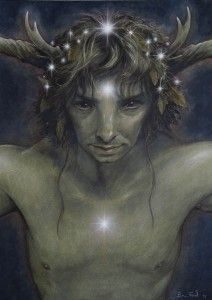
The Fae themselves left much to be desired for me as well. Only one type of Fae was represented, the small winged types that one may also call sylphs, sprites, or fairies. There are many other types of fae. These sylphs were in a war with pixies (ok, so two were mentioned, but we don’t really get a feel for them), but supposedly the sylphs can’t kill, but use enchanted weapons that send their enemies back home, with lost memory. Um what?
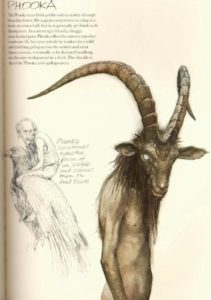
I have Welsh in my blood, a love for Celtic myth/ legend, and I taught mythic studies for a time. Fae are not so passive. Some points rang true- stealing away human children for one. But in myth, most Fae delight in tricking, if not outright harming humans. Garnering their help in a human conflict would have required greater sacrifice, if not been impossible. I found these fae, if not as watered down as Disney fairies, to still be fluffy compared to myths you will find. I would have enjoyed this book tons more if the whole Fae angle had been left out, and it had just focused on the historic aspects, which were interesting enough on their own.
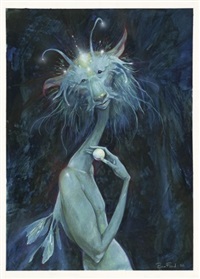
**This book was reviewed for Silver Dagger Blog Tours, ARC provided in exchange for a fair and honest review.
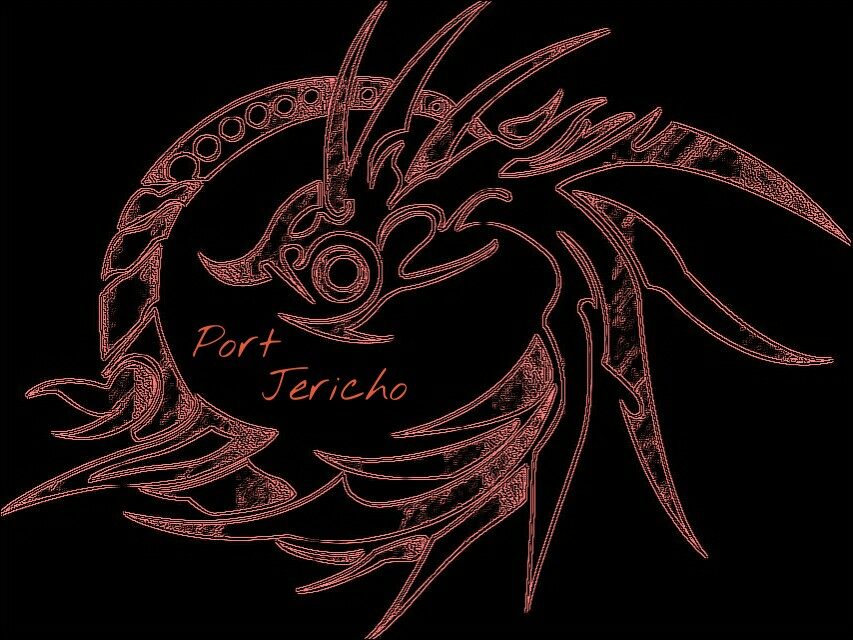
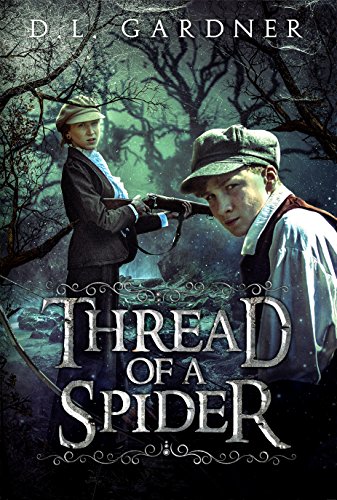

I can see how the fae aspect could have improved the book, but from your review it sounds like its inclusion wasn’t strong enough. In that case, the historical story seems compelling enough on its own to not need any faery additions. Certainly an interesting idea, though! Perhaps they just didn’t quite get the balance right.